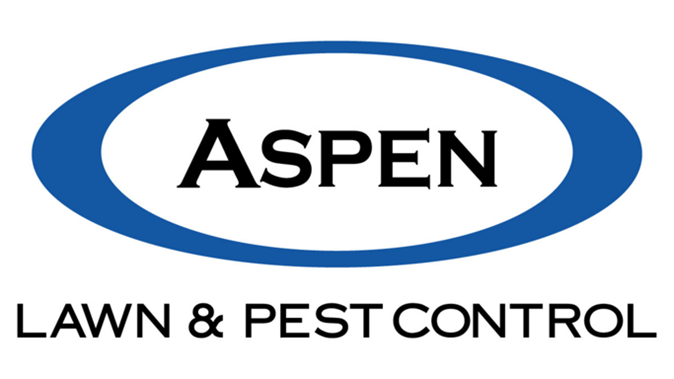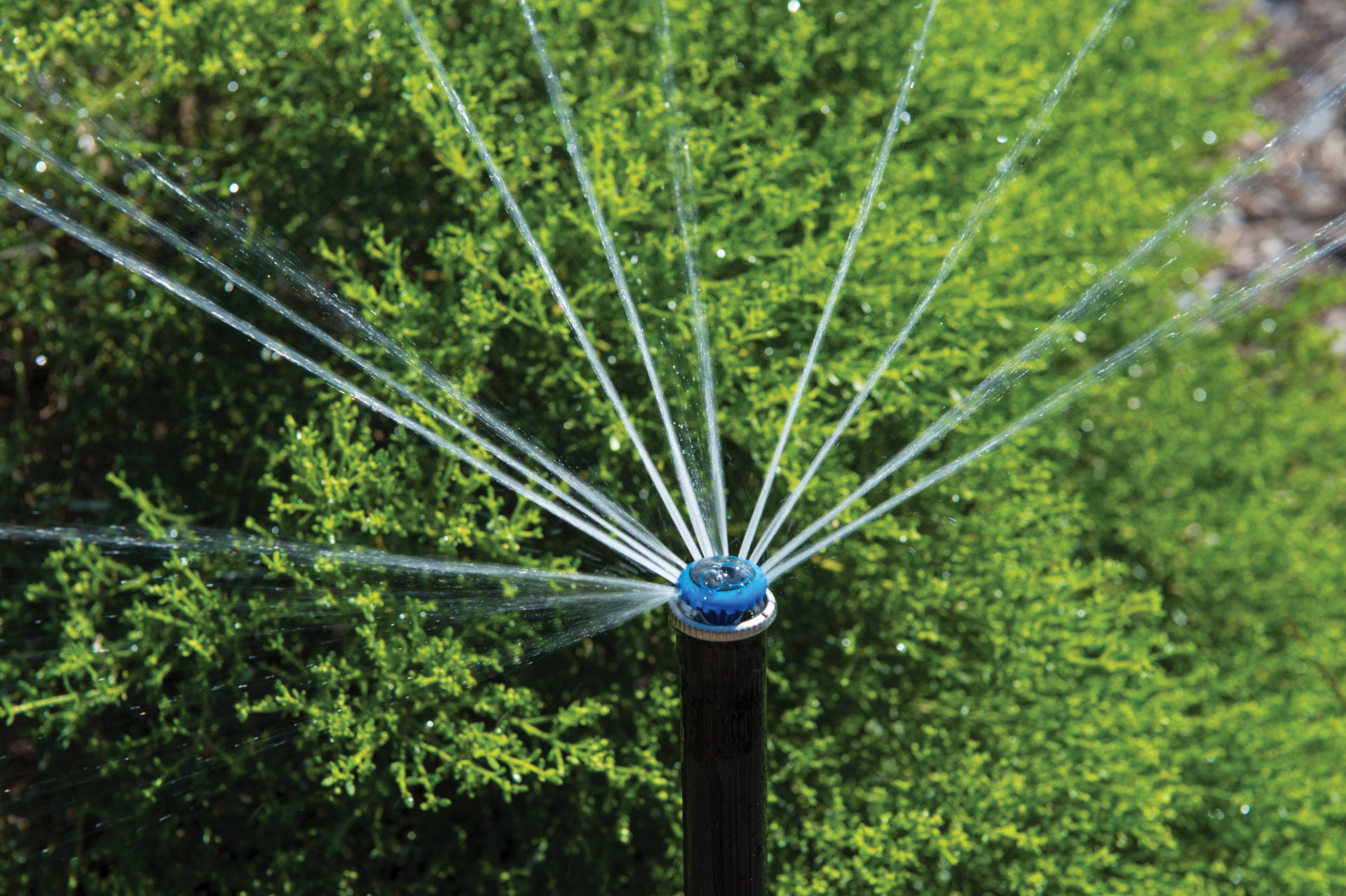The weather over the last 7-10 days is shaping up to be the “Perfect Storm” for pythium development and other turfgrass diseases like Brown Patch and Dollar spot. High moisture, humidity and nighttime temps. above 68 degrees are perfect conditions for fungi to develop.
Pythium, also known as grease spot or cottony blight, is caused by various species of pythium, usually Pythium aphanidermatum or P. graminicola. Pythium can strike bent grasses, bermuda grasses, bluegrasses, fescues and rye grasses, giving it an extremely broad range of hosts. It also occurs in many parts of the country, even though it was once considered to be primarily a southern disease.
Pythium is an extremely significant disease to manicured turf areas because of the swiftness with which it can attack. Undetected or improperly diagnosed pythium outbreaks can destroy a putting green almost overnight. Pythium normally causes such systematic and thorough destruction that you must establish new turf.
Conditions favoring infection. Pythium blight is a hot, wet weather disease that favors daytime temperatures of 85 to 95˚F and nighttime temperatures above 70˚F. By rule of thumb, nighttime temperatures and humidity that add up to
150 or more lend to pythium being a distinct possibility.
Pythium is also more likely to be a problem on turf with poor air circulation. Pockets that hold moisture and have a higher relative humidity are also good starting points for pythium. Along the same lines, turf with poor drainage and heavy thatch will have a more humid microclimate, making it condusive to pythium.
Disease symptoms. The first symptom of pythium infected grass plants is greasy, water soaked leaf blades. As patches of these dead leaves dry out, the tan spots that develop closely resemble dollar spot. The difference is Pythium has white, cottony mycelium in the morning and gray, greasy appearing leaves where the disease is active around the margin of the spots. In addition, pythium will develop streaks along drainage paths and large coalesced areas, while dollar spot patches tend to remain more distinct.
Aspen Lawn & Pest Control – Landscaping Company in Overland Park
As an Overland Park lawn fertilization company and lawn seeding company in Overland Park, we handle every facet of lawn care. Aspen provides our customers with lawn mowing services, lawn fertilization, landscaping design, landscape maintenance in Overland Park. We are also an industry-leading pest control company in Overland Park. Whether you’re looking for flea and tick control, Mosquito Armor®, treatment for pests infecting your trees or shrubs, or need indoor pest control in Overland Park to remove ants, spiders, and insects, Aspen can help!

Contact us today if you need a sprinkler installation in Overland Park or lawn care in Overland Park.
Our Overland Park pest control company is here to help! From spider control to mosquito control in Overland Park!
Aspen Lawn and Pest Control
Kansas City and Overland Park, KS
1265 N Winchester St.
Olathe, KS 66061
913-829-6135


Socials